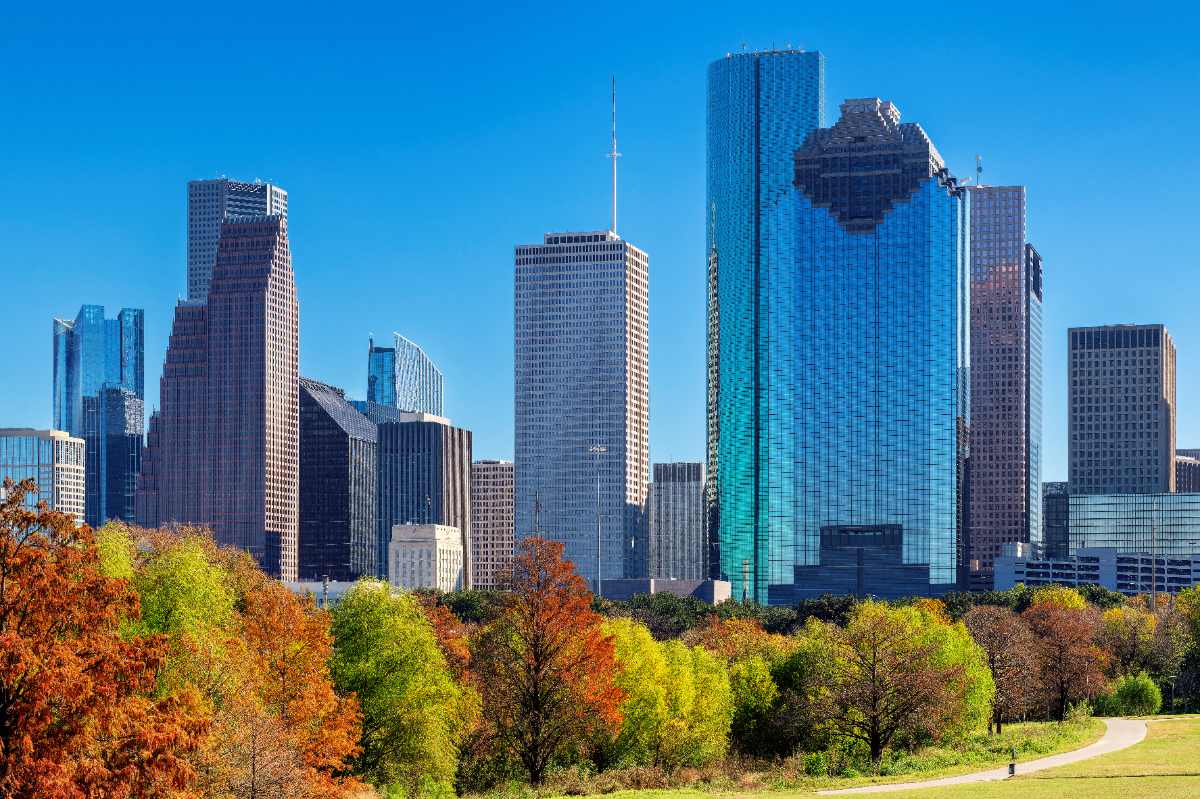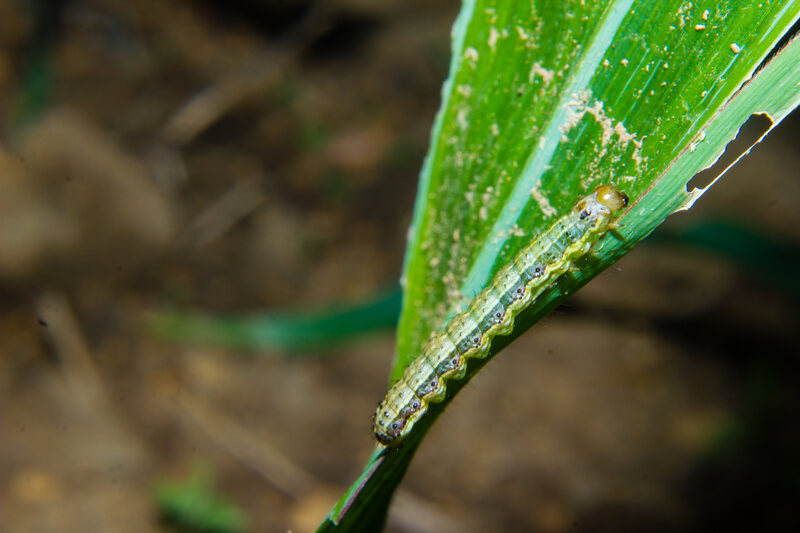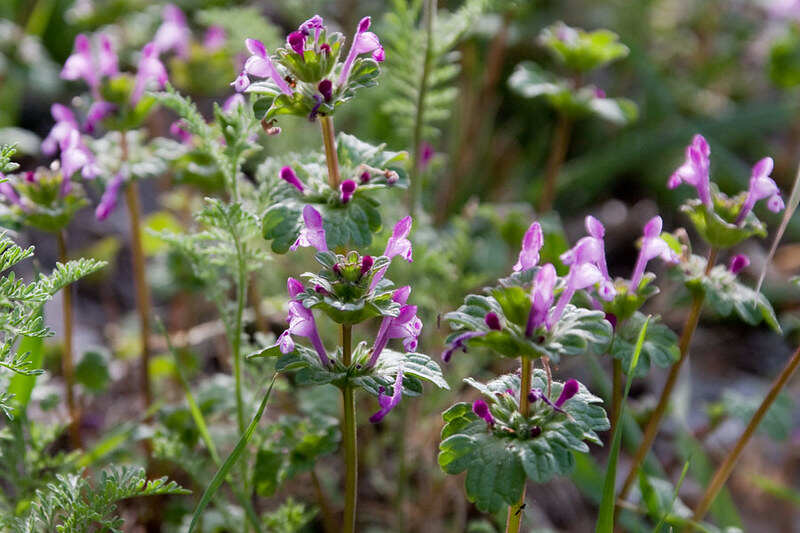
As temperatures cool in Houston, you’ll need to adjust when you mow, when you fertilize, and how you handle fallen leaves. You’ll also need to watch for pests and diseases, change your watering routine, and aerate your soil. Don’t forget to overseed thin areas, clean up after storms, and prepare your lawn for winter.
Whether you have St. Augustine, Bermuda, Zoysia, or Centipede grass, this guide will help you through effective fall lawn maintenance. Let’s explore these 10 essential steps to keep your Houston lawn healthy and beautiful throughout the fall season.
Change Your Mowing Strategy
As the temperature drops, grass grows more slowly, and you should adjust your mowing frequency accordingly
- September: Keep mowing weekly while the grass is still growing fast
- October: Reduce mowing to every two weeks as it gets cooler
- November: Mow monthly or when needed
- December – February: Mowing is rarely needed until spring warm-up
In addition, leave your grass slightly longer when you mow in the fall. Taller grass helps your lawn store more energy in its roots for winter and provides better protection against weeds and temperature stress.
Every lawn is different, so let your grass be your guide. Adjust your mower height based on your grass type:
| Grass Type | Fall Height |
| St. Augustinegrass | 3-4 inches |
| Bermudagrass | 1-2 inches |
| Zoysiagrass | 2-3 inches |
| Centipedegrass | 3-4 inches |
Note: These are Houston’s most common grass types. If you have specialty grass like seashore paspalum or you overseeded with ryegrass, you’ll need to adjust accordingly. Learn more about choosing the right grass for your Houston lawn in our guide to “When to Stop Mowing the Lawn Before Winter.”
Fertilize

Fertilize most warm-season grasses in September, but not after. A boost of nutrients helps your lawn store energy for the cooler months ahead.
Fertilizer Schedule for Houston Grasses
| Best Window | Grass Type | Fertilizer Type |
| Early Sept. (only as needed) | Centipedegrass | Organic 8-2-4 |
| Sept. 1-15 | St. Augustinegrass | Slow-release 15-5-10 |
| Sept. 1-15 | Zoysiagrass | Low-nitrogen 10-10-10 |
| Sept. 15-30 | Bermudagrass | Balanced 16-4-8 |
| Oct. 15 -30 | Ryegrass (if overseeding) | Starter 18-24-12 |
Note: The above are average recommendations, but to be sure, get your soil tested. Your local extension office will test for around $12 and can recommend preciely what your lawn needs.
Find out how to use a soil test kit to know exactly what nutrients your lawn needs.
Rake
Peak leaf drop occurs between December and January, much later than in cooler Northern cities. Get them up. Leaves block sunlight, trap moisture, and create the perfect environment for fungal diseases. Your grass can suffocate in as little as a week under heavy leaf cover.
Find out “What Happens If You Don’t Remove Fallen Leaves” to protect your lawn.
Houston residents have a few options for getting rid of yard waste:
- Curbside pickup: Check your collection schedule at Houston Solid Waste to learn how and when to put out your leaves.
- Drop-off sites: There are six Neighborhood Depository & Recycle Centers where you can drop off your bagged leaves and yard waste.
- Composting: Keep leaves for mulch and soil amendment. If you’re interested in learning more, check out our guide “Composting 101: How to Start Composting.”
Purge Pests and Diseases

Armyworms (September-October), brown patch disease, and fire ants remain the top threats to your lawn in the fall. Staying on top of them can make the difference between minor damage and replacing large sections of your lawn.
Fall armyworms:
Usually peaking from September to October, and can destroy a lawn in 48 hours. Look for brown patches appearing overnight and small green caterpillars in the grass.
For natural control, spray Bacillus thuringiensis (Bt) or neem oil (azadirachtin) as soon as you spot them. Both are highly effective on young larvae and work within 2-3 days. Keep your grass thick and healthy to help prevent problems.
For more ways to deal with these pests, check out our guide on “How to Get Rid of Armyworms on the Lawn.”
Brown Patch Disease
A common lawn fungus that thrives in hot, humid climates where night temperatures regularly stay above 60 degrees Fahrenheit. This disease is common in St. Augustinegrass in shady, moist areas.
For active infections, apply fungicides containing propiconazole or azoxystrobin. To prevent brown patch, water your lawn early in the morning so grass blades dry during the day. Avoid watering in the evenings and improve drainage in the problem areas. Prune trees or bushes to reduce shade and help the moisture evaporate.
For more ways to deal with this fungus, check out our guide on “How to Treat Brown Patch Disease in Your Lawn.”
Fire Ants
Living in Texas, you know how fast fire ants can spread and how painful these nasty little pests can be. Not only do their stings cause allergic reactions in some people, but they also kill grass roots and create unsightly mounds that destroy your lawn.
Treat these invaders in October while they’re actively looking for food. Spread fire ant bait over your whole yard, then treat individual mounds. Products with hydramethylnon or fipronil work best.
See Related:
Whack Weeds Early

Common Texas winter weeds include henbit (purple flowers), chickweed (small white flowers), annual bluegrass (light green patches), clover, and burweed (stickers). Look for products containing Dimension, Barricade, or Pendulum.
Apply a pre-emergent weed killer between September 15 and October 15 to nip winter weeds before they start. Apply again in late December or early January for complete control.
Note: Goatheads (puncturevine) are summer annuals with yellow flowers, plus thorny seeds, and are best treated in spring. Check out our guide for more information on Common Lawn Weeds in Texas: How to Identify and Control Them.
Reduce Irrigation
As temperatures cool, Houston lawns need less water. Overwatering can lead to fungal growth and shallow root development, weakening the grass, causing it to struggle and possibly not survive the winter.
Reduce watering to 1 inch per week in September and October, then to 1/2 inch in November. You can typically forego watering completely in December.
The best time to water is early morning (5-9 am) when there’s less wind and evaporation. This gives your grass time to dry before evening, reducing disease risk.
Make sure to follow Houston’s watering restrictions. Head over to Houston Public Works to check on current Houston water restrictions.
Aerate and Overseed

Houston’s heavy clay soil compacts easily from foot traffic and heavy rain. Aeration creates small holes in the soil, allowing water, air, and nutrients to reach the grass roots more effectively. For best results, use a core aerator that removes plugs of soil rather than just poking holes. Leave the soil cores on your lawn, they’ll break down naturally and return nutrients to the soil.
Aerate between September 15 and October 15 when soil is moist but not saturated. Aeration also creates the perfect seed bed, if you plan to overseed with ryegrass.
Overseeding
While not necessary for lawn health, many Houston homeowners love having a green lawn year-round instead of the typical winter brown. Overseeding with ryegrass (perennial or annual) gives lawns color when the warm-season grasses go dormant.
| Grass Type | Should You Overseed? |
| St. Augustine | Recommended |
| Bermuda | Highly recommended |
| Zoysia | Optional |
| Centipede | Not recommended |
My tip: Apply seed immediately after aeration for the best results.
Prep for Storm Season
Hurricane season runs through November 30, with peak activity in August and September.
While Harris County ranks 16th nationally for hurricane risk, we face the highest financial losses in the country with over $1.15 billion annually, according to FEMA.
See the stats in our “Hurricane Forecast: Most (& Least) Affected Counties” guide.
Before storms arrive, clean your gutters and downspouts to prevent overflow, create drainage paths away from your home, secure loose outdoor items that could become dangerous projectiles, take photos of your landscape for insurance documentation, and trim weak tree branches that might fall during high winds.
For more in-depth tips, check out our guides, “How to Prepare for a Hurricane or Tropical Storm” and “How to Clean Up Your Yard After a Hurricane: What You Need to Know.”
Protect Your Sprinkler System
While hard freezes are rare, basic protection measures in fall prevent costly repairs during occasional cold snaps. Here’s what you need to do:
- Mark sprinkler heads with flags before leaf cleanup to avoid hitting them with rakes or mowers.
- Check for leaks and damaged sprinkler heads when doing your fall lawn care.
- Adjust watering schedule to match your lawn’s reduced water needs.
- Flag your water main shut-off valve for your system in case a freeze is predicted so you can quickly shut it down.
Unlike in Northern states, you don’t need to completely drain your system in Houston. However, insulating exposed pipes or backflow preventers is a smart and inexpensive insurance policy.
Pop over to our guide on “How to Winterize Your Sprinkler System” to learn how to protect your investment.
Clean up
Beyond raking leaves and maintaining your grass, remove dead plants, fallen branches, and any storm debris. This not only improves your curb appeal but also prevents pests from finding a winter home.
Fall into a Happy Lawn

Houston’s extended growing season gives you more lawn care time than homeowners in cooler regions. Use this advantage to set your grass up for success. Prepare for storms, protect sprinklers, and complete fall cleanup. Your lawn will develop stronger roots, fewer weeds, and a beautiful spring return.
If you prefer to spend your fall watching football or doing anything besides yard work, let Lawn Love connect you with a local Houston lawn care pro to handle the hard work for you. Contact Lawn Love today to schedule service and ensure a lush, healthy yard next spring.
For more info on giving your Houston landscape its best life, check out the following guides:
- Best Grass Types for Houston
- How to Landscape with Trees in Houston
- Low-Maintenance Landscaping Ideas for Your Houston Yard
- Hot Houston Landscaping Trends
Main Image: Houston downtown in Autumn. Image Credit: lucky-photo / Adobe Stock